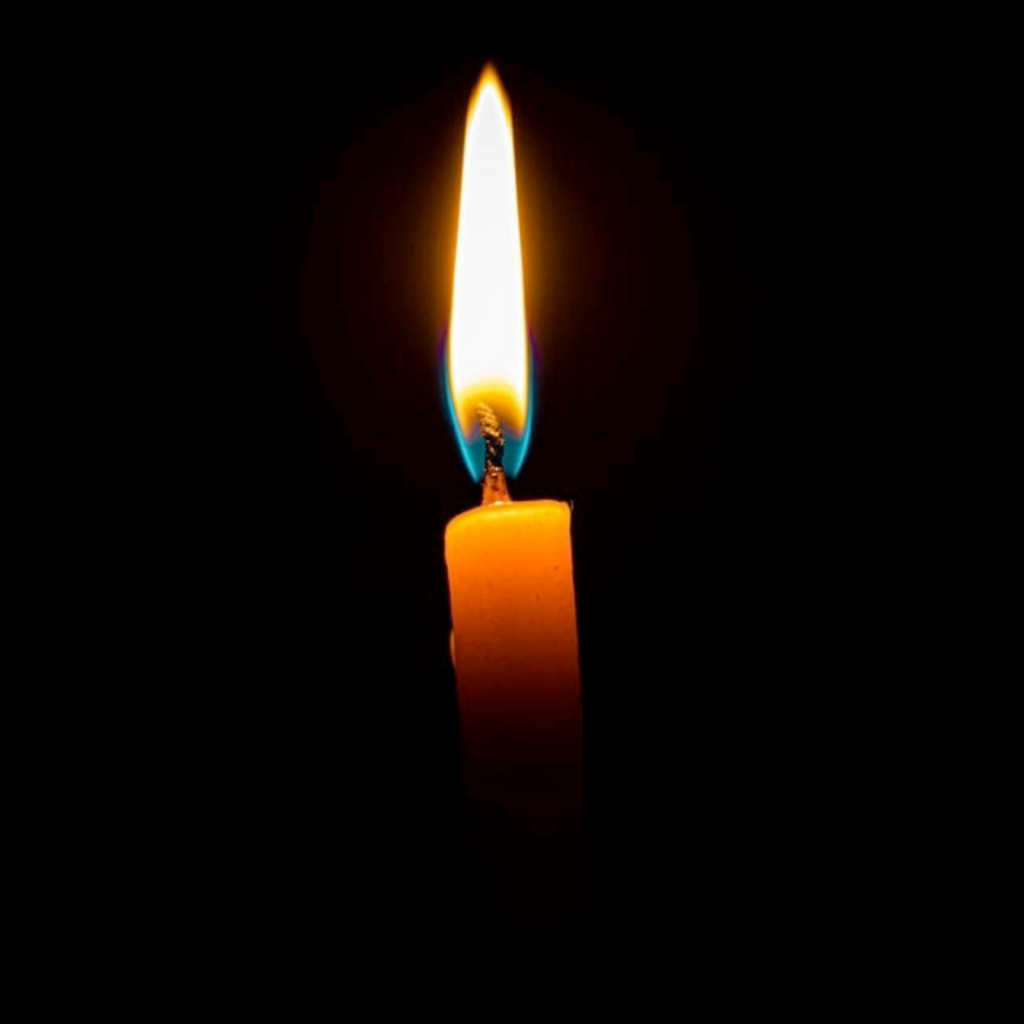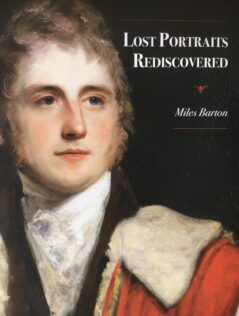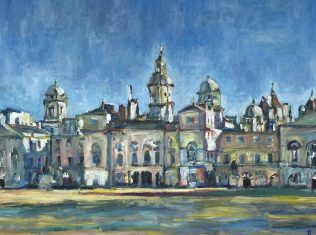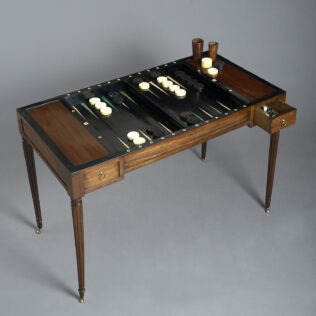Lighting
Lighting the Way
Throughout the ages, light has preoccupied the thoughts of every architect, builder, decorator and home dweller. The earliest buildings had unglazed openings in their roofs to admit light during the day. As time progressed, windows were set into walls, covered with animal hide or cloth and later wooden shutters to protect homes from the elements. Over time, windows were built that both protected the inhabitants from the elements and transmitted light, using mosaics of small translucent pieces of material such as flattened animal horn or small pieces of glass set into wooden or lead frames.
From the Medieval Period into the 16th and 17th centuries, techniques were developed to cut through one side of a blown glass cylinder thus producing thin rectangular panes. This gave rise to tall narrow windows, typically separated by a vertical mullion support. The most spectacular example of this, in England, is Hardwick Hall in Derbyshire where the mullions were so large they led to the saying “Hardwick Hall more glass than wall.” But it was not until the Industrial Revolution, that much larger window panes could be produced as plate glass making became possible.

And yet, windows were only a light source during the day and another means of lighting beyond wood and coal fires was required to bring luminance at night. One of the earliest and most common light sources in England was the rushlight. This is a primitive form of candle formed by the soaking a dried pith from the rush plant in fat or grease. These became a common source of artificial light for poorer people throughout the British Isles over several centuries. Inexpensive to make, the English essayist William Corbett wrote, “This rushlight cost almost nothing to produce and was believed to give a better light than some poorly dipped candles”
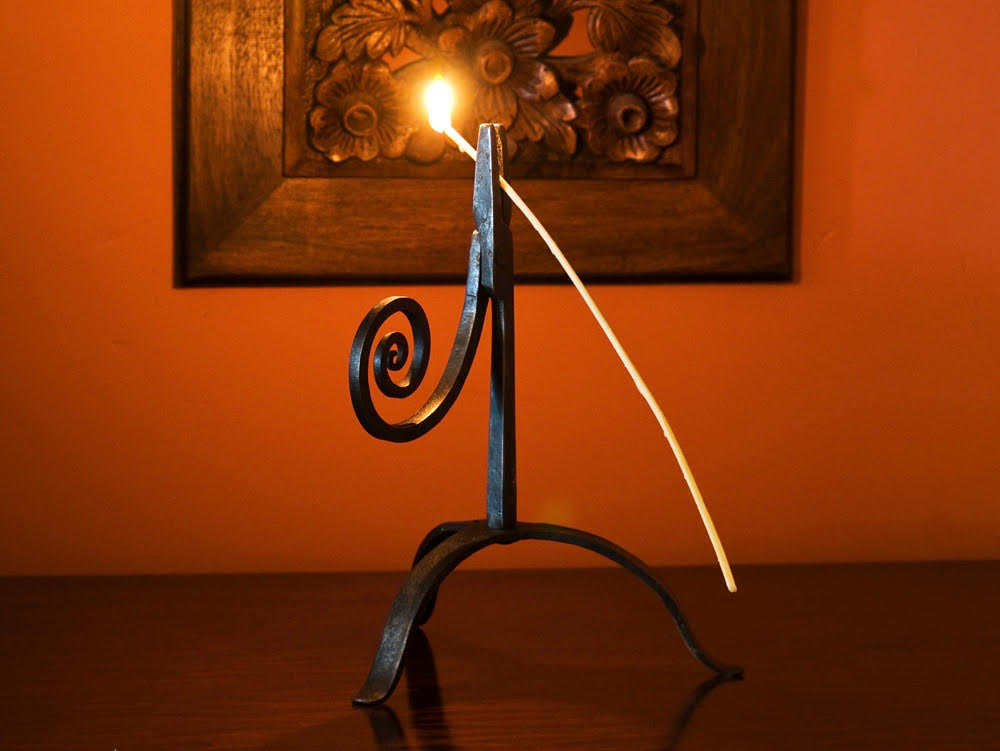
The wealthy enjoyed candles, made from tallow or beeswax and increasingly elaborate forms of candlestick holders became popular additions to dining tables, side tables, alongside wall appliqués in affluent homes.
As new discoveries were made, gas lighting emerged in the 18th century but it was not until the end of the 19th century that electricity provided developed societies with a clean and safe alternative to all that came before it. With this revolution, designers embellished homes with manifold light-giving objects, including elaborate chandeliers, table lamps and hanging lanterns.
Today this tradition continues as interior decorators and designers seek out original light-giving objects. The table lamp is one such piece to be found in almost every home. It is the modern day rushlight or candlestick and provides inspired home owners with the opportunity to create a soft mood of light while incorporating a work of art into their interior.
Antique objects make the most magical foundations for table lamps. Adapted Chinese and Japanese vases are perhaps the best example of this. Blue and white glazed porcelain, to cite one example, has become synonymous with this field of lighting. Adorned with stylised figurative scenes, birds, insects, flowers and foliage, other colour palettes also feature in some of the grandest interior schemes, with famille verte and famille rose porcelain vases being converted to antique lamps.
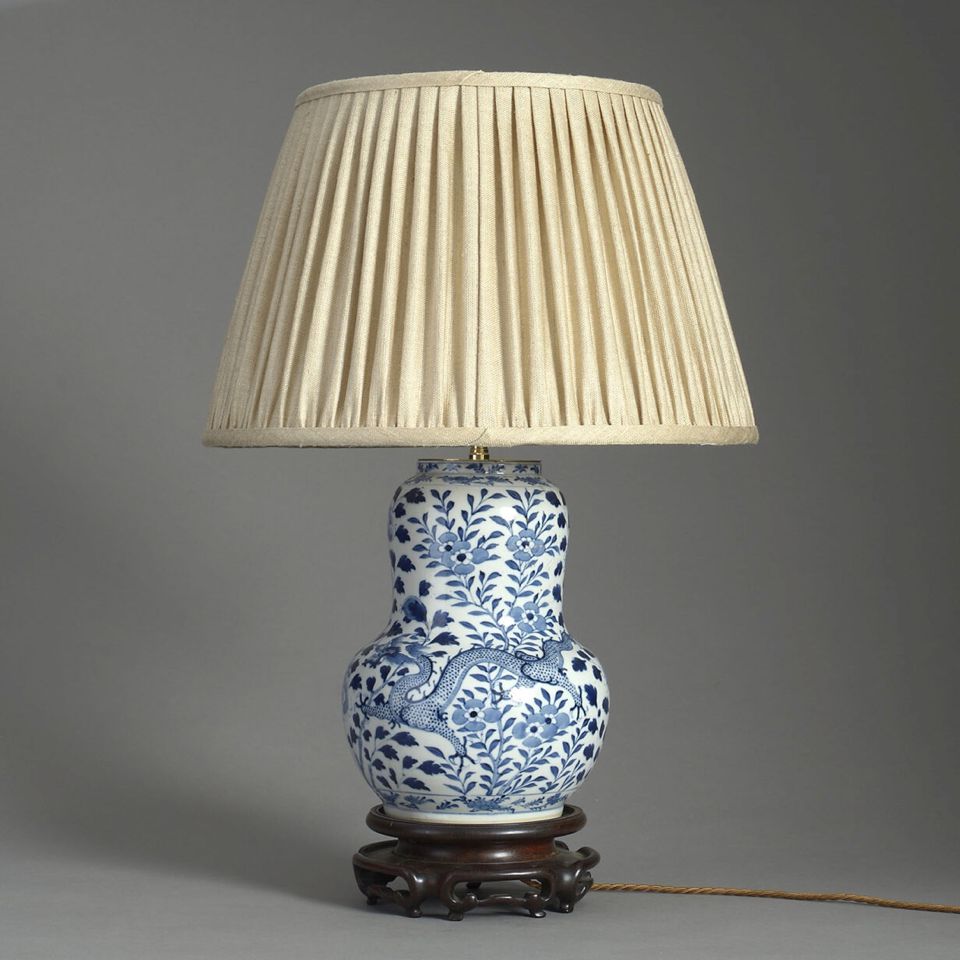
Other antique lighting opportunities include bronze and brass column lamps, originally designed as oil lamps. The potential hazard and odors associated with burning oil indoors have led many over the years to convert these pieces to electrical lighting, giving them a new life in the modern world. Many are based around Roman and Greek architectural principles such as the example below.
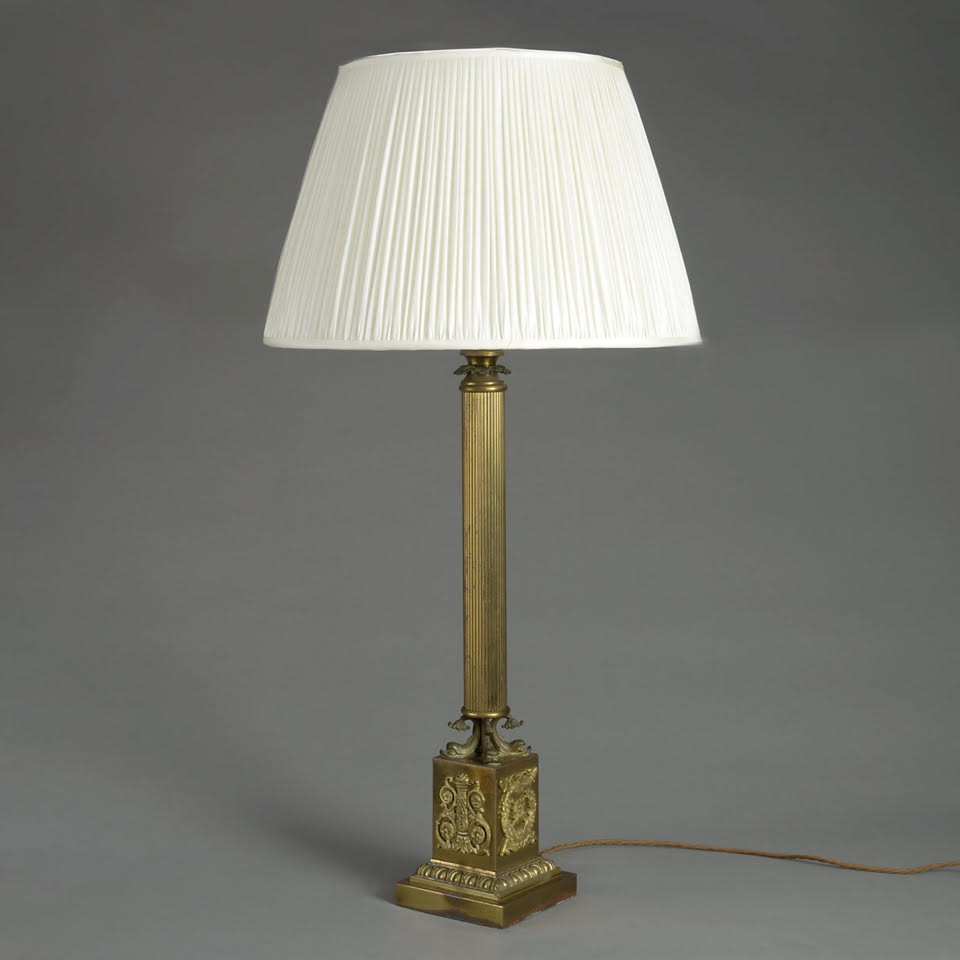
And finally, the unusual, the whimsical, and the original object, discovered on a dealer’s travels, can become a table lamp. Studio pottery lamps are a wonderfully fresh way to add sculptural form and soft light to a room. There are so many opportunities available.
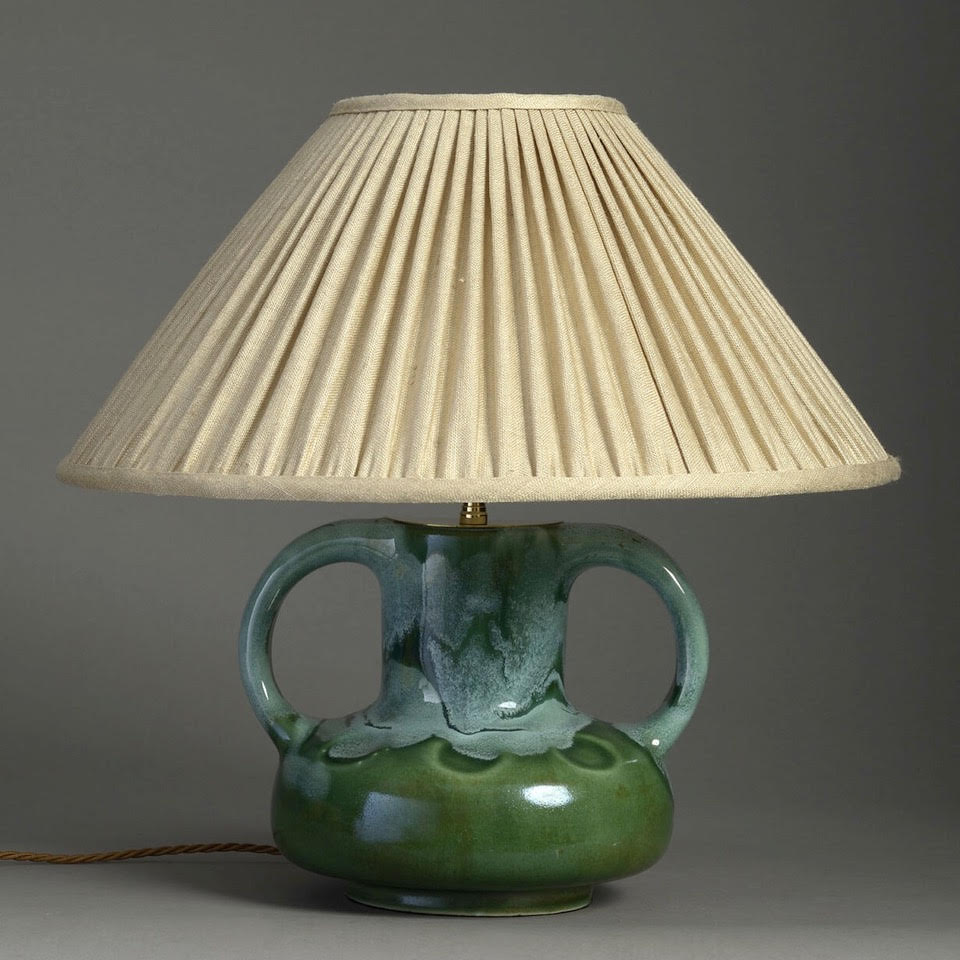
For antique lighting inspiration visit our Lighting Collection.

